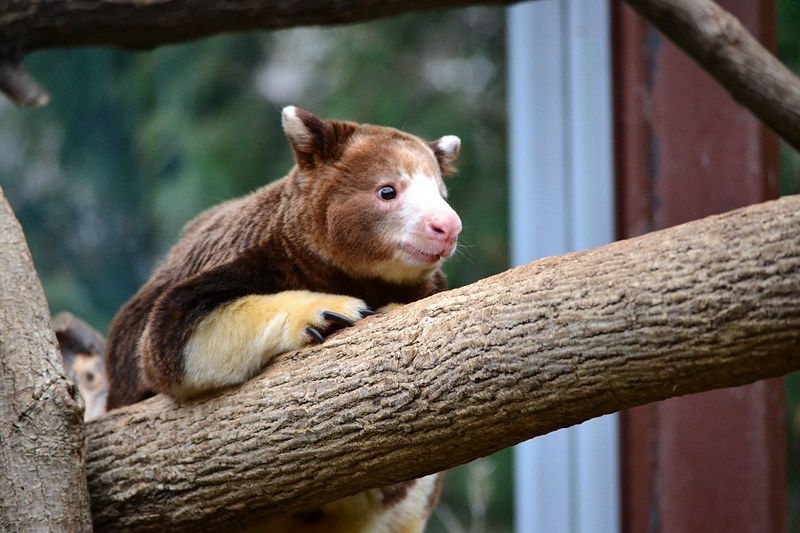Good News for a Change - Species Recovering in Number
- Richard

- Jul 16, 2023
- 3 min read
The natural world is facing several challenges due to human activities, such as habitat loss, poaching, and hunting, which have led to the decline in the number of several species. Nevertheless, there have been some success stories in recent times where species have recovered in number. In this blog post, we will discuss three such species which have recovered in number over the last decade.
Bald Eagle
The bald eagle is a bird of prey found in North America. It is a symbol of American freedom and is featured on the country's currency and seals. The eagle's decline was primarily due to the use of the pesticide DDT. The chemical caused the eagle's eggshells to become thin, making them vulnerable to breakage. The birds were also hunted for their feathers, which were used in clothing and accessories. By the 1960s, there were only around 400 nesting pairs left in the US. However, the ban on the use of DDT in 1972 and conservation efforts by various organizations have helped the bald eagle population to recover. According to the US Fish and Wildlife Service, there were around 9,789 nesting pairs in the US as of 2006.
The successful conservation efforts for the bald eagle are an inspiring example of how a species can recover when we take appropriate measures. The ban on the use of DDT and conservation efforts by organizations have played a significant role in the increase of the bald eagle population. It shows that human beings can have a positive impact on the environment and wildlife if we work together towards conserving our natural resources.

Grey Wolf
The grey wolf, also known as the timber wolf, is a highly social animal that lives in packs. It played a vital role in the ecosystem by keeping prey populations in check. However, the grey wolf was hunted heavily for its fur, meat, and as a perceived threat to livestock. By the mid-20th century, the wolf population in the US had been reduced to just a few hundred individuals. In 1978, the grey wolf was listed as endangered under the Endangered Species Act, and since then, various conservation efforts have helped the species to recover. In 2020, the US Fish and Wildlife Service announced that the grey wolf population in the lower 48 states had exceeded 6,000 individuals, a significant increase from the few hundred individuals in the 20th century.
The recovery of the grey wolf population in the US is a remarkable achievement in conservation efforts. The US Fish and Wildlife Service, along with other organizations, has worked tirelessly to increase the grey wolf population. The conservation efforts have included reintroductions, habitat restoration, and monitoring programs. The successful recovery of the grey wolf population highlights the importance of conservation efforts and the positive impact they can have on endangered species.

Humpback Whale
Humpback whales are known for their beautiful songs, acrobatic displays, and their annual migration from their feeding grounds in the polar regions to their breeding grounds in the tropics. Unfortunately, they were hunted extensively for their blubber and meat in the 19th and 20th centuries, which resulted in a significant decline in their population. The International Whaling Commission banned commercial whaling in 1966, and since then, there has been a gradual recovery of the humpback whale population. According to the National Oceanic and Atmospheric Administration (NOAA), the North Pacific humpback whale population has increased by around 4.9% annually since 1992.
The recovery of the humpback whale population is a testament to the effectiveness of conservation efforts. The International Whaling Commission's ban on commercial whaling and other conservation measures have been instrumental in increasing the humpback whale population. The gradual recovery of the humpback whale population is a significant achievement and a reminder of the importance of protecting our marine life.

The recovery of species is an inspiring reminder that conservation efforts can make a difference. The success stories of the bald eagle, grey wolf, and humpback whale prove that with proper protection and conservation measures, it's possible to restore the balance of nature. However, we must continue to work towards protecting and conserving the natural world to ensure that more species can recover and thrive. It is our responsibility to support conservation efforts to protect these species and ensure their survival for future generations.
In conclusion, the recovery of these three species is a positive sign and a reminder that we can make a difference when we work towards conservation efforts. It is essential to recognize the positive impact that conservation efforts have on the environment and wildlife. We must continue to support these initiatives to ensure that more species can recover and thrive in the future.
🦅
For more "Good News", see our series here:






Comments